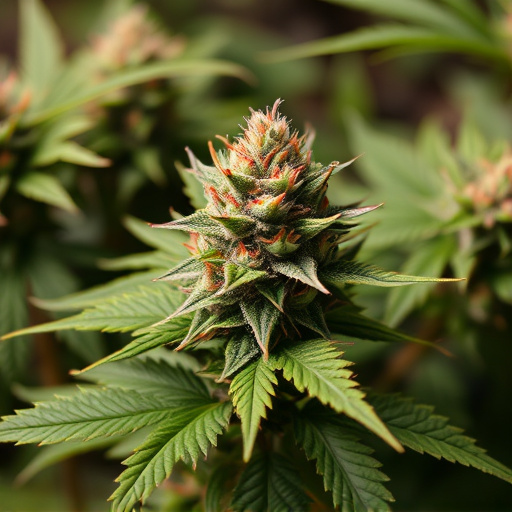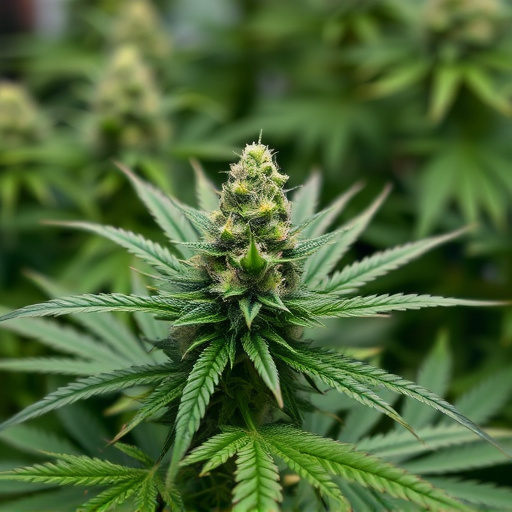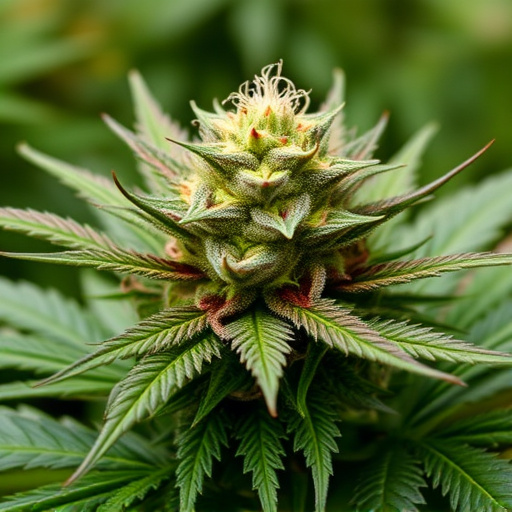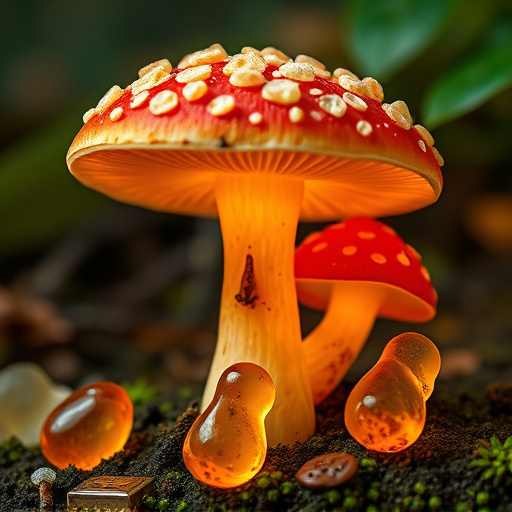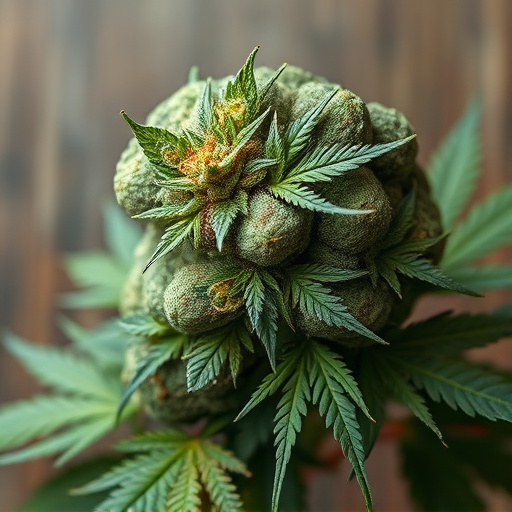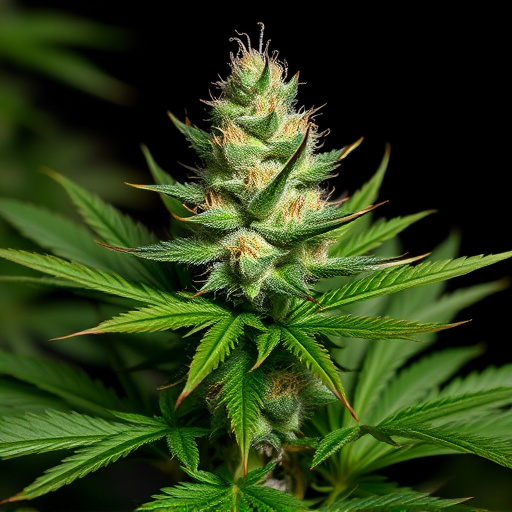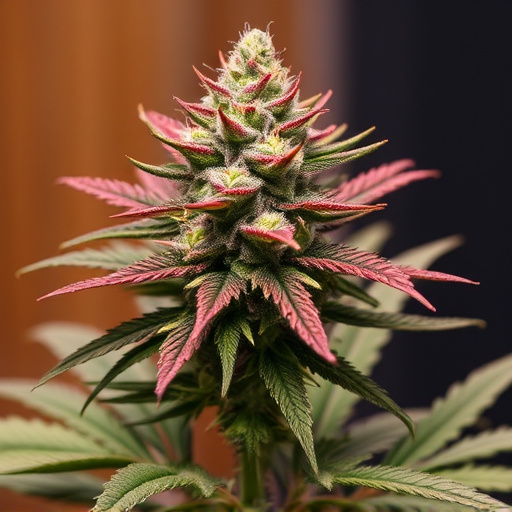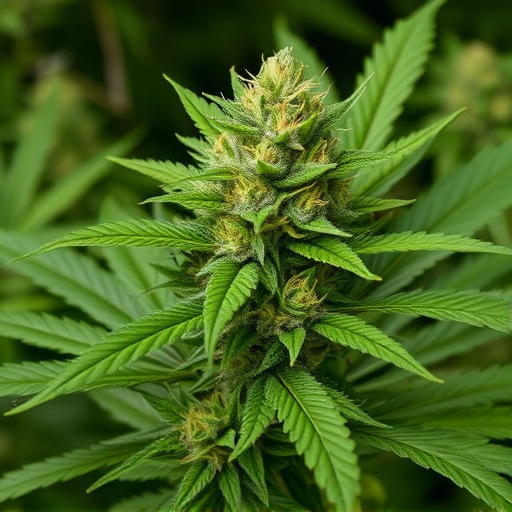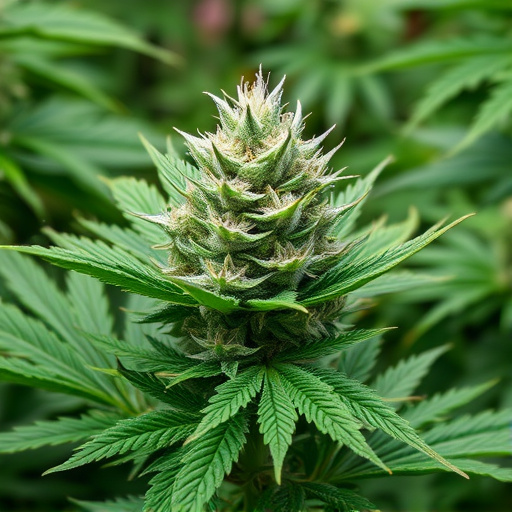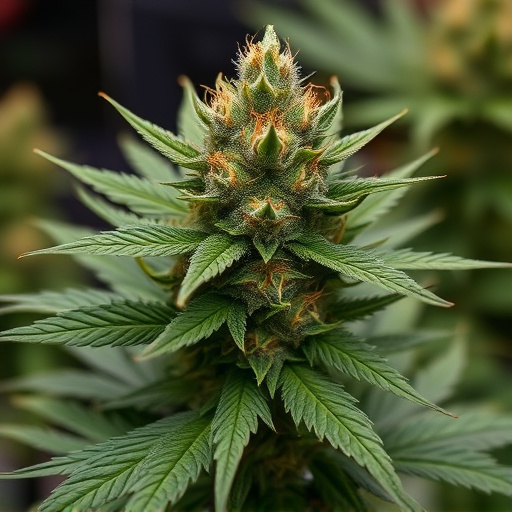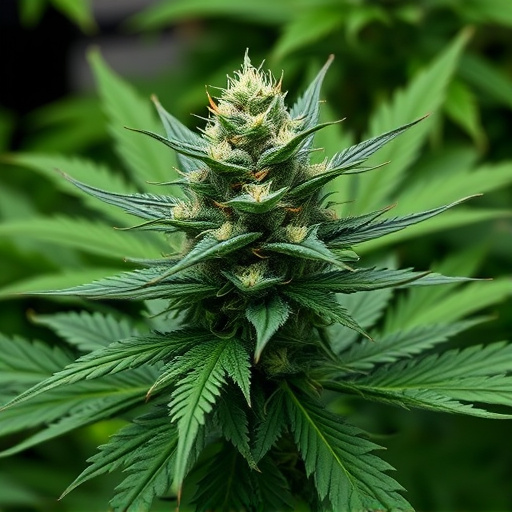Strong cannabis strains, high in THC, stimulate appetite through interactions with the endocannabinoid system, causing a phenomenon known as "the munchies." This effect is enhanced by terpenes like myrcene and limonene, which collectively regulate hunger and make eating more appealing. Medical users dealing with conditions like anorexia or cachexia benefit from specific appetite-enhancing strains developed by cultivators, allowing informed choices that maximize therapeutic benefits.
Discover why cannabis flower can stimulate your appetite in this comprehensive guide. We explore the science behind the well-known ‘munchies’ effect, delving into the intricate relationship between cannabinoids and terpenes. From THC’s influence on hunger hormones to specific terpene profiles enhancing appetitite, we uncover insights that explain why certain strong cannabis strains are renowned for their ability to incite a voracious cravings.
- Understanding the Cannabis-Hunger Connection
- The Role of Cannabinoids and Terpenes
- Exploring Strong Cannabis Strains and Their Effects on Appetite
Understanding the Cannabis-Hunger Connection
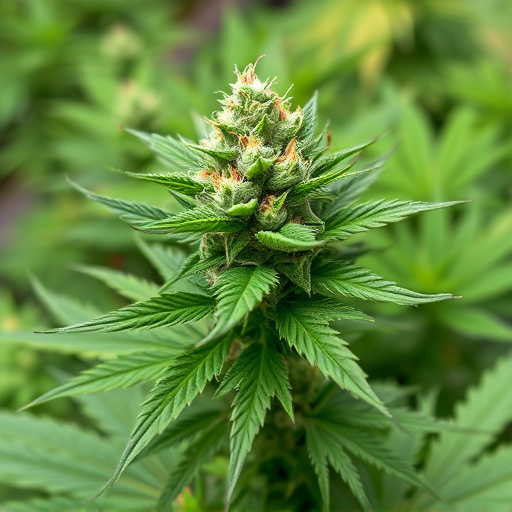
Cannabis has been a subject of interest for its diverse effects on the human body, and one of the most intriguing is its ability to stimulate appetite, often referredring to as the “munchies.” Understanding this connection involves delving into the complex relationship between cannabis compounds and our nervous system.
Strong cannabis strains contain various chemical compounds, primarily cannabinoids like THC (Tetrahydrocannabinol) and CBD (Cannabidiol), which interact with our endocannabinoid system (ECS). This system plays a vital role in regulating numerous physiological processes, including appetite. When cannabis is consumed, these cannabinoids bind to receptors in the brain and other parts of the body, influencing hunger cues and triggering feelings of desire for food. The effect can vary among individuals, but it’s well-documented that certain strong strains known for their high THC content often intensify this hunger response, leading many users to seek out snacks or meals shortly after consumption.
The Role of Cannabinoids and Terpenes

Cannabis flower’s ability to stimulate appetite is a complex interplay between its diverse cannabinoids and terpenes. These chemical compounds work together to create what is often referred to as the “munchies” effect. Cannabinoids, such as THC (tetrahydrocannabinol), interact with our body’s endocannabinoid system, which plays a role in regulating appetite, among other functions. When consumed, THC binds to receptors in the brain, triggering feelings of hunger and altering mood.
Terpenes, on the other hand, are aromatic compounds that give cannabis its unique scents and flavors. Certain terpenes like myrcene and limonene have been linked to enhancing the appetite-stimulating effects of cannabinoids. Myrcene, found in many strong cannabis strains, is known for its earthy scent and has shown potential in promoting food intake. Limonene, with its citrusy aroma, might not directly increase hunger but contributes to the overall sensory experience, making the act of eating more appealing.
Exploring Strong Cannabis Strains and Their Effects on Appetite

Exploring strong cannabis strains often reveals a fascinating connection with appetite stimulation. These potent varieties contain elevated levels of tetrahydrocannabinol (THC), the primary psychoactive compound, which can significantly impact the user’s desire to eat. Research suggests that THC interacts with the endocannabinoid system, particularly the CB1 receptors in the brain, affecting various physiological processes, including hunger and satiety.
Different strong cannabis strains may offer diverse effects on appetite, ranging from intense cravings to subtle increases in hunger. Some cultivators have even developed strains specifically for their appetite-enhancing properties, catering to medical users seeking relief from conditions like anorexia or cachexia. Understanding the unique profiles of these strong cannabis strains can empower users to make informed choices, ensuring a more enjoyable and beneficial experience while exploring the plant’s therapeutic potential.
Cannabis’ effect on appetite is a complex interplay between cannabinoids, terpenes, and individual biochemistry. While research continues to unravel these mysteries, it’s clear that certain strong cannabis strains can significantly stimulate hunger. Understanding this connection can help users make informed choices, especially when managing conditions like anorexia or weight gain challenges. Incorporating specific high-potency strains into a balanced diet and lifestyle may prove beneficial for those looking to enhance their appetite naturally.
